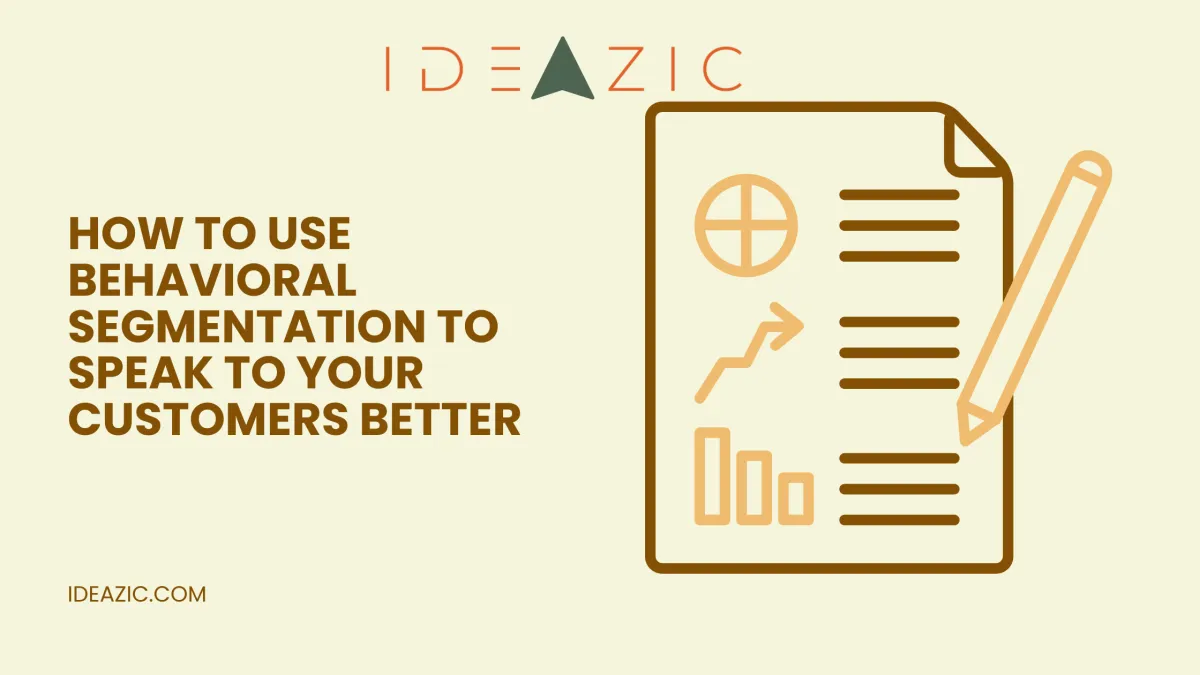
How to Use Behavioral Segmentation to Speak to Your Customers Better
How to Use Behavioral Segmentation to Speak to Your Customers Better
In marketing, one size rarely fits all.
Your audience is diverse different needs, preferences, and behaviors.
Behavioral segmentation lets you divide your customers based on their actions and then send messages that truly resonate.
In this post you’ll learn what behavioral segmentation is, why it matters, and how to use it in your business.

What Is Behavioral Segmentation
Behavioral segmentation divides your audience based on how they act what they click, purchase, abandon, or engage with.
It’s not about who they are (demographics) but what they do.
Why It’s More Powerful Than Demographics
Actions tell you what someone cares about not just what they seem like.
It leads to better targeting, higher conversions, and less wasted effort.
It helps you deliver relevant offers, not random content.
Useful Behaviors to Segment By
Purchase frequency (repeat vs new buyers)
Product interest or browsing behavior (which pages they visit)
Engagement level (active users vs dormant)
Email open & click behavior
Cart abandonment or checkout drop offs
How to Apply Behavioral Segmentation
Set up tracking to log those behaviors (on your website, via email, etc.).
Create segments based on behaviors (e.g. recent buyers, browsers, cart abandoners).
Tailor messages or offers to each segment what each group needs most.
Test different messages or offers per segment to see what works.
Refine over time segments will evolve, behaviors change.
Examples You Can Implement
Send a “we noticed you browsed X” message with a small incentive.
Offer loyalty rewards to repeat buyers.
Use re engagement campaigns for inactive users.
Show best-selling products to frequent buyers.
Give limited-time recovery offers to cart abandoners.
Pitfalls to Avoid
Too many tiny segments it becomes overwhelming.
Over-personalizing with minimal data can feel invasive.
Ignoring smaller segments the majority isn’t always most profitable.
Not updating segments behavior changes over time.
Conclusion
When you move from “everyone sees the same offer” to “each person sees what matters most to them,” you spark deeper connection and better results.
Behavioral segmentation gives you that power. Start with one behavior, build a segment, test messaging, and grow from there.
Reflection Question
Which behavior would you pick to segment your audience first browsing activity, purchase frequency, or engagement and what message could you try?